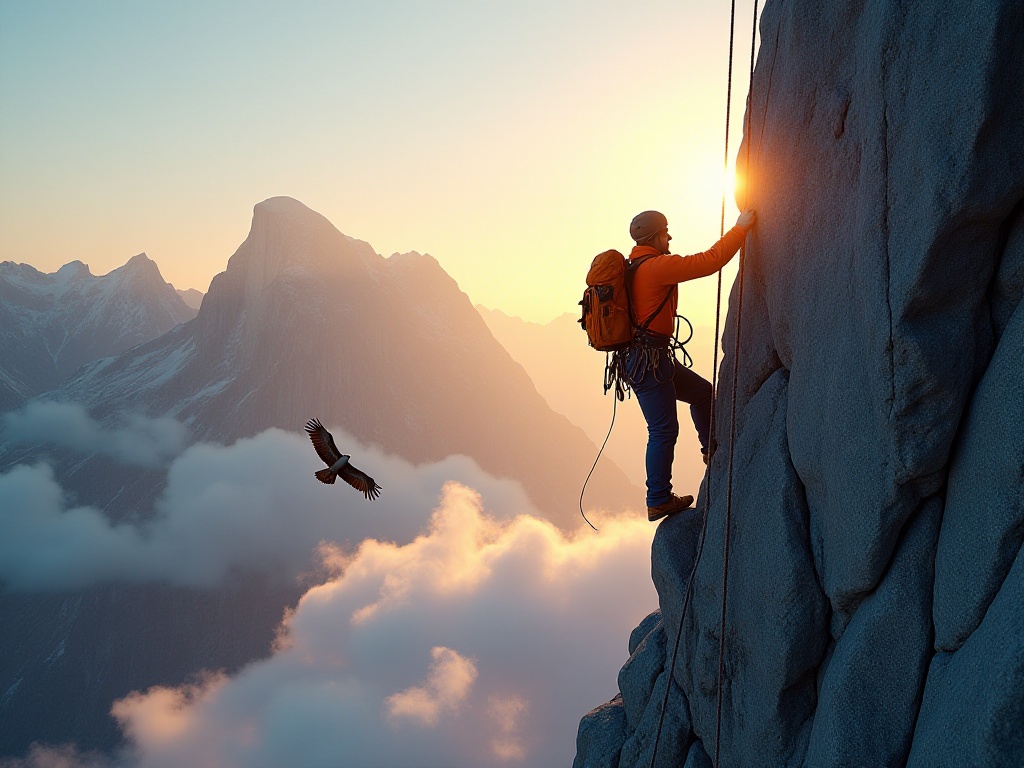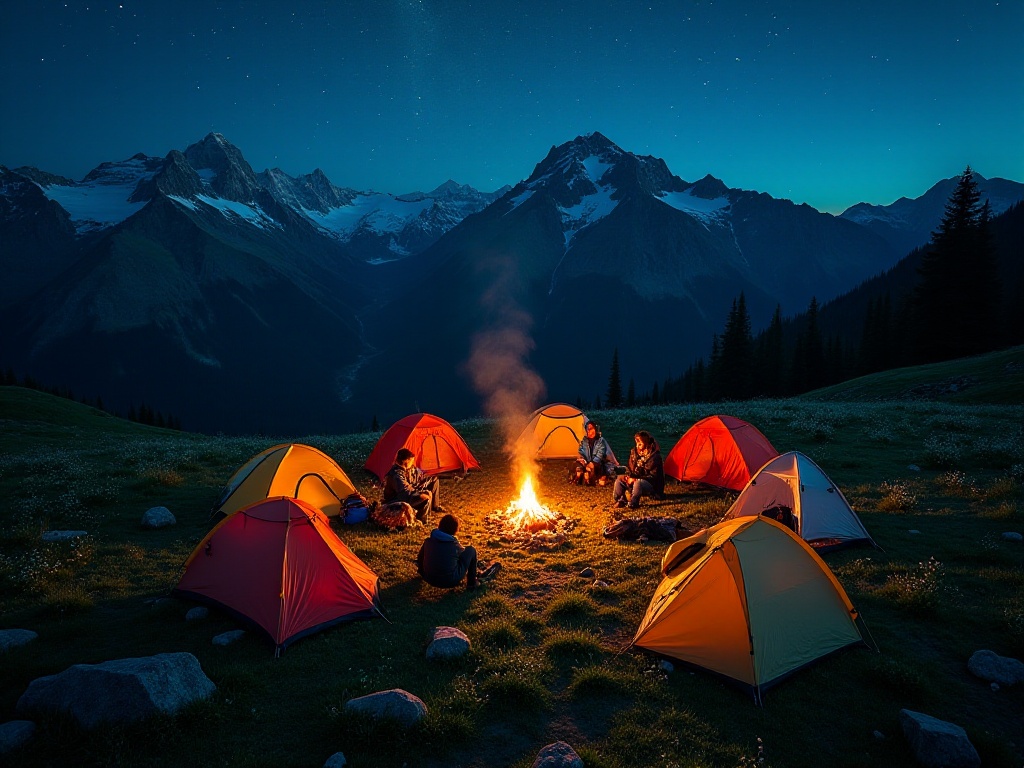
Before Departure
Standing at the foot of the Jungfrau, my heart nearly stopped! As an outdoor novice who had never conquered even a 3000-meter mountain, this feeling was absolutely incredible! Honestly, when I used to see others' mountain climbing photos on social media, I thought it was nothing special, but when you actually stand at the base looking up, that sense of awe is truly indescribable.
The Alps are absolutely an outdoor sports paradise! This region not only has Europe's top-tier climbing routes but is also a holy ground for outdoor enthusiasts worldwide. In Switzerland alone, there are 48 peaks over 4000 meters, each with its own unique charm. The local guide told me that some professional climbers specifically spend several years just to conquer these peaks.
By the way, I did tons of homework! Watched no less than 50 hiking vlogs, read hundreds of guides, and even joined several hiking groups. The experienced members shared so much valuable information, helping me avoid many rookie mistakes. For instance, many people don't know how quickly mountain weather can change in Switzerland, with temperature differences of over 20 degrees between morning and night - these are practical experiences you can't learn from books.
Equipment Preparation
No joke, preparing equipment was incredibly important! I spent two whole weeks visiting practically every outdoor store in Zurich.
Let's start with hiking boots, one of the most crucial pieces of equipment. I tried at least a dozen pairs before choosing one with excellent waterproofing, breathability, and support. Though a bit pricey, it proved worth every penny during the hike, especially when crossing scree fields - that sense of stability was literally lifesaving!
I chose a 3-in-1 jacket with a removable inner layer, super practical. Got two fleece jackets, one thick and one thin, because mountain weather is really unpredictable. Sometimes you're sweating in the morning, then dealing with below-zero temperatures in the afternoon.
The trekking poles were my most gratifying purchase! Honestly, I initially thought buying trekking poles was a waste of money, but! Really! It was one of the wisest decisions I've ever made! Especially when descending steep slopes, they became my second pair of legs. A Swiss local hiker I met later said that almost nobody hikes there without trekking poles.
Sun protection was also crucial - I prepared SPF 50+ sunscreen, a sun hat, and UV protection sleeves. At high altitudes, UV radiation is particularly strong, and without proper protection, you can easily get sunburned. I saw several tourists who didn't use sun protection; their faces were as red as cooked shrimp when they came down.
Backpack selection was also particular - I ended up renting a 45-liter one, which was just the right size. Besides clothes and food, you need to reserve space for first aid kits, thermal water bottles, and other essentials. Speaking of rental equipment, Swiss rental services deserve praise - not only is the quality guaranteed, but the prices are also reasonable. I rented crampons and a headlamp from a shop near Zurich train station for less than 100 Swiss francs for a week.

Day One
Choosing the route from Wengen to Klein Scheidegg for the first day was truly a wise decision! Although marked as "beginner-friendly," it still gave me a profound understanding of the saying "there's always someone better, always a higher mountain."
Setting out in the morning, the sunshine was perfect, and my mood was super cheerful. I confidently thought: isn't this just like taking a stroll in the park back home? But less than an hour in, I was already panting. Though the route only ascended about 800 meters in total, the continuous uphill really took its toll on this city dweller who usually only scrolls through phones.
But honestly, the scenery along the way was absolutely spectacular! The three Alpine peaks stood like giants in the distance - the Eiger, Jungfrau, and Mönch, each with its own unique shape and story. The guide told me many legends about these peaks, like how the Jungfrau got its name from a beautiful love story - supposedly a handsome monk fell in love with a beautiful maiden, but they couldn't be together due to their status, so they both turned into towering peaks, forever gazing at each other.
During our rest break, I met a group of hikers from around the world. There was a retired professor from Germany, a photographer from Canada, and a student from Singapore. Though we didn't share a common language, we managed to have a great conversation through gestures and simple English. This might be the charm of outdoor activities - it can turn complete strangers into friends through a shared passion.
When we reached Klein Scheidegg, it was already past three in the afternoon. Though it was just one day, I could clearly feel the discomfort from altitude sickness: mild headache and shortness of breath while walking. Fortunately, I had brought some altitude sickness medication, and felt much better after resting.
Staying at the mountain lodge that night was possibly the most special accommodation I've ever experienced. Looking out the window, you could see a magnificent sunset. When the sun slowly sank into the sea of clouds, turning the entire sky pink, I suddenly felt all the fatigue was worth it.
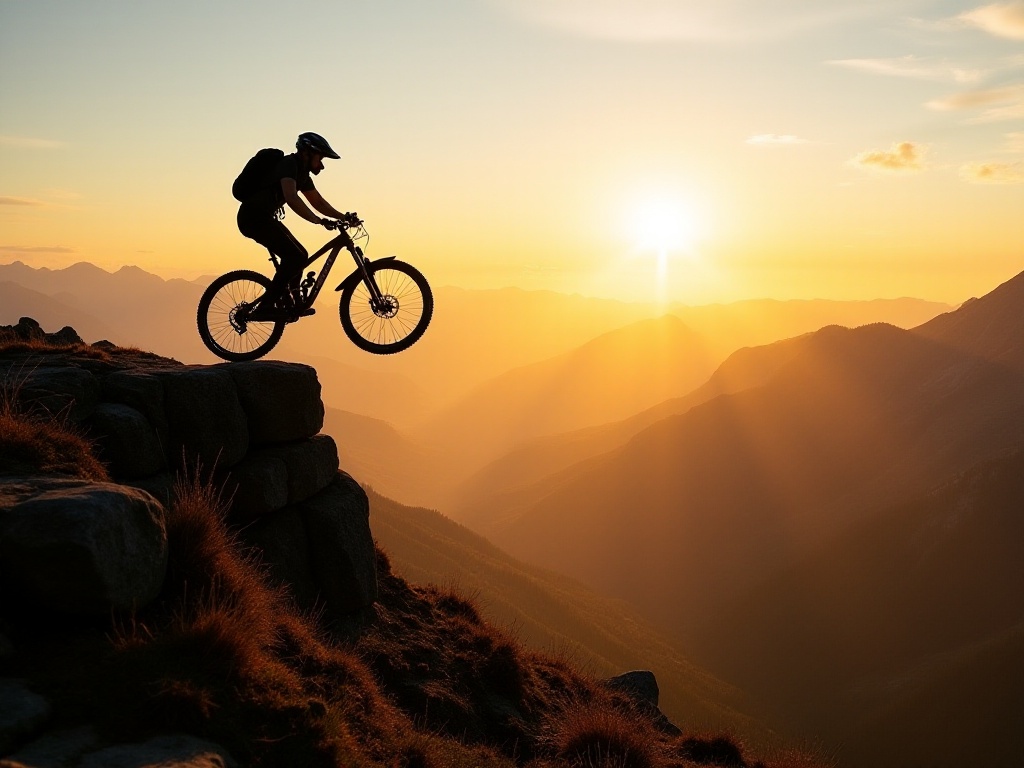
Acclimatization Period
Spending the second and third days around Grindelwald was absolutely the right decision! Though the altitude here is only around 2000 meters, the scenery is no less impressive than higher locations.
The most memorable encounter was with an elderly Japanese couple on the second day. Their story was simply amazing! The 75-year-old grandfather hiked more easily than us youngsters - this was their 15th time in the Alps. The grandmother said they first came when they were 55 and fell in love with everything here. Every year they save up an "Alps fund" just to come back once more.
During our conversation, I learned many hiking techniques. Like how to properly use trekking poles, how to maintain balance on steep slopes, and even the proper way to drink water. The grandfather said that at high altitudes, you need to hydrate frequently but not too much at once - it's better to take small sips.
These two days of acclimatization also gave me a clearer understanding of my physical capabilities. Initially, you might feel like you're moving slowly, but gradually you find your own rhythm. The guide said the most important thing in mountaineering is finding your own pace, not blindly following others' speed.
In Grindelwald, I also visited the local glacier museum. Through various pictures and models, I learned about the formation process of the Alps. These majestic peaks were formed about 60 million years ago due to the collision between the African and Eurasian plates. Just think, the places we're hiking now were once ancient seabeds!
On the third afternoon, we went to a viewpoint in Grindelwald. From here you can see the entire panorama of the Jungfrau region. Standing on the observation deck, watching the cloud-wreathed peaks, I suddenly felt incredibly small. But at the same time, I felt extremely lucky to have the chance to experience such beauty firsthand.
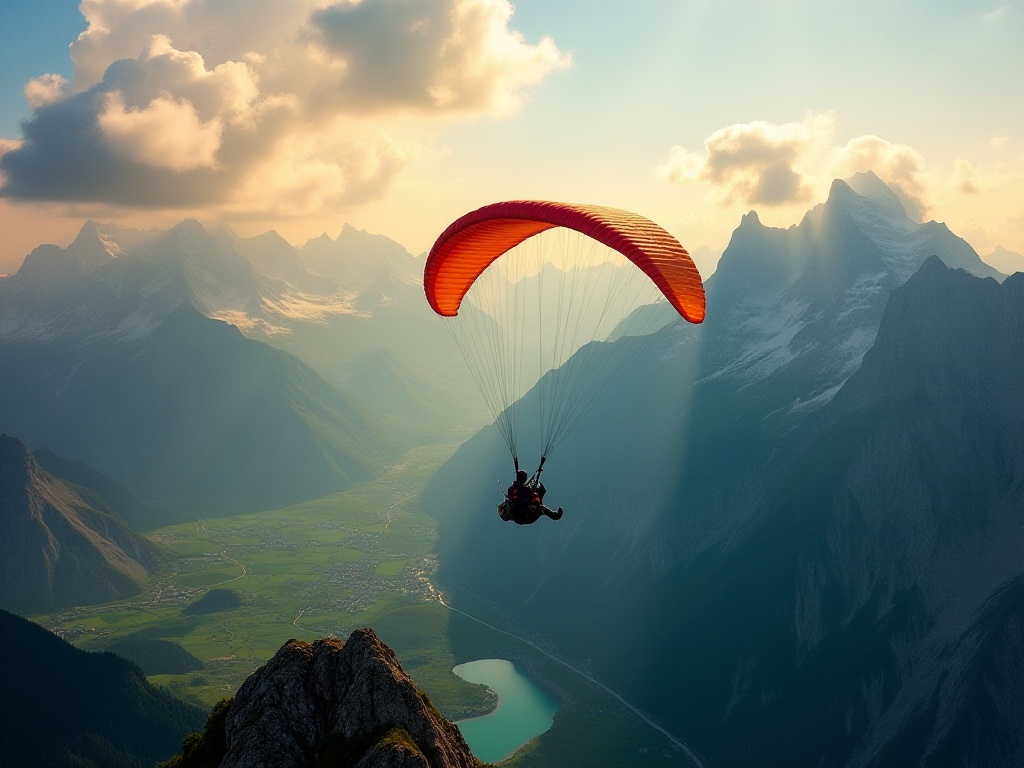
Summit Challenge
On the fourth day, it was finally time to challenge the Breithorn! This 4164-meter snow-capped mountain was definitely the most challenging part of the entire journey.
We woke up at 3 AM and had some energy bars for breakfast. Honestly, I was exhausted then, but the thought of challenging my first four-thousand-meter snow mountain immediately energized me. We set out from Zermatt at 4 AM sharp, with temperatures at -5 degrees Celsius and wind howling through the valley, making me shiver.
Thankfully we had a professional guide leading the way, otherwise just finding the route would have been tough. The first two hours were basically moving in darkness, relying only on headlamps. It was a very special experience - pitch black all around, with only the sound of breathing and the "crunch" of crampons on snow.
As the altitude increased, breathing became increasingly difficult. We had to rest every 50 meters, sometimes feeling like our lungs would burst. The guide said this was normal because at 4000 meters, the oxygen content is only about 60% of sea level.
But! When I finally stood on the summit of the Breithorn, all the hardship was worth it! Below were vast white clouds, and in the distance stood the iconic Matterhorn. Sunlight reflecting off the snow was so bright it was hard to keep your eyes open. That feeling was truly like the poem says, "Standing at the highest peak, all other mountains seem small."
We stayed at the summit for about half an hour, taking many photos, but honestly, photos can't capture the overwhelming feeling. The guide told us that on clear days, you can see parts of Italy and France from here. Just think, standing in a place where you can see three countries at once - it's really amazing.
The descent was actually more challenging than the ascent. Not only were we fighting physical exhaustion, but we also had to be especially careful about safety. Every step required extreme caution because one slip could lead to a fall. Fortunately, all the equipment we prepared came in handy, especially the crampons and trekking poles - they were literally lifesavers.
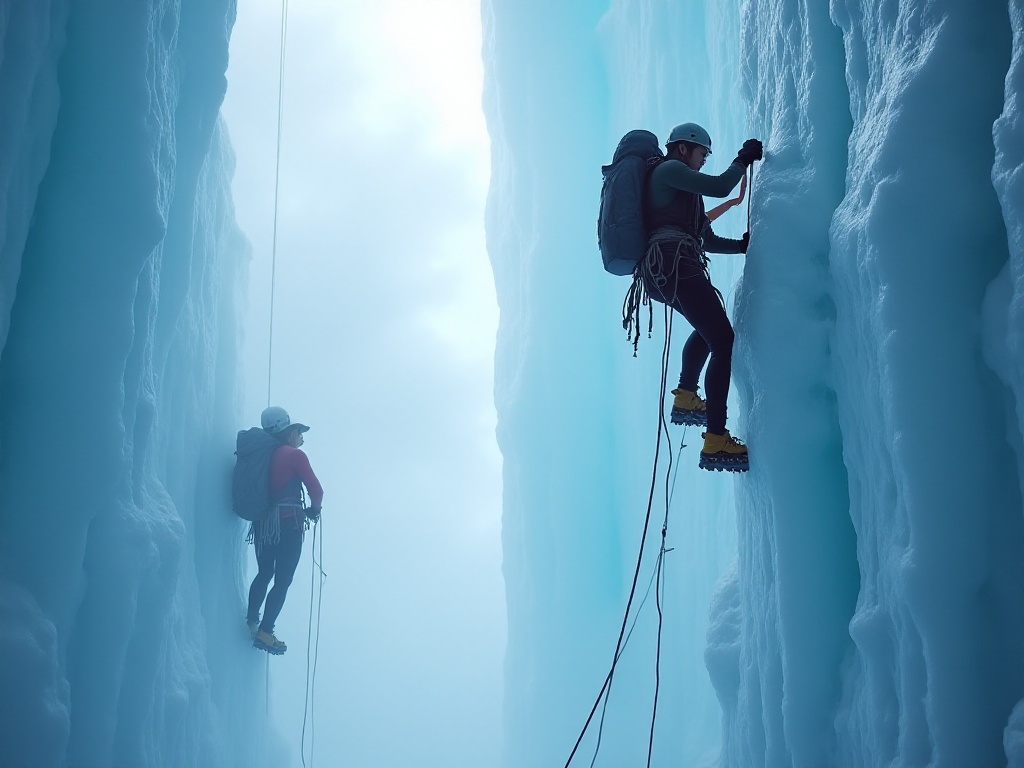
Reflections and Insights
The last day was spent recovering in Zermatt, in a completely relaxed state. The town itself is unique, with all vehicles being electric to maintain air quality.
Lying on the hotel bed, reflecting on these five days, it felt like a dream. But the muscle soreness and photos on my phone told me it all really happened.
Honestly, this trek gave me a new understanding of myself. I used to think I wasn't athletic, couldn't even run 5 kilometers. But now, I've conquered a 4000-meter snow mountain! This feeling of breaking through your limits is really addictive.
Moreover, I met many remarkable people during the climb. There were seniors over 70 still hiking, parents bringing their 10-year-old children for the challenge, and even a double amputee mountaineer. Their stories taught me that "limits" are often self-imposed. With determination, nothing is truly impossible.
Most importantly, this experience gave me a whole new perspective on nature. Living in cities for too long, it's easy to forget how small humans are in the face of nature. But when you stand on a 4000-meter peak, looking at the sea of clouds below and endless mountain ranges in the distance, that sense of awe naturally emerges.
You know what? Over 3 million people hike in the Alps annually, but less than 5% complete a 4000-meter summit. This statistic makes me particularly proud because I'm now one of that "less than 5%"!
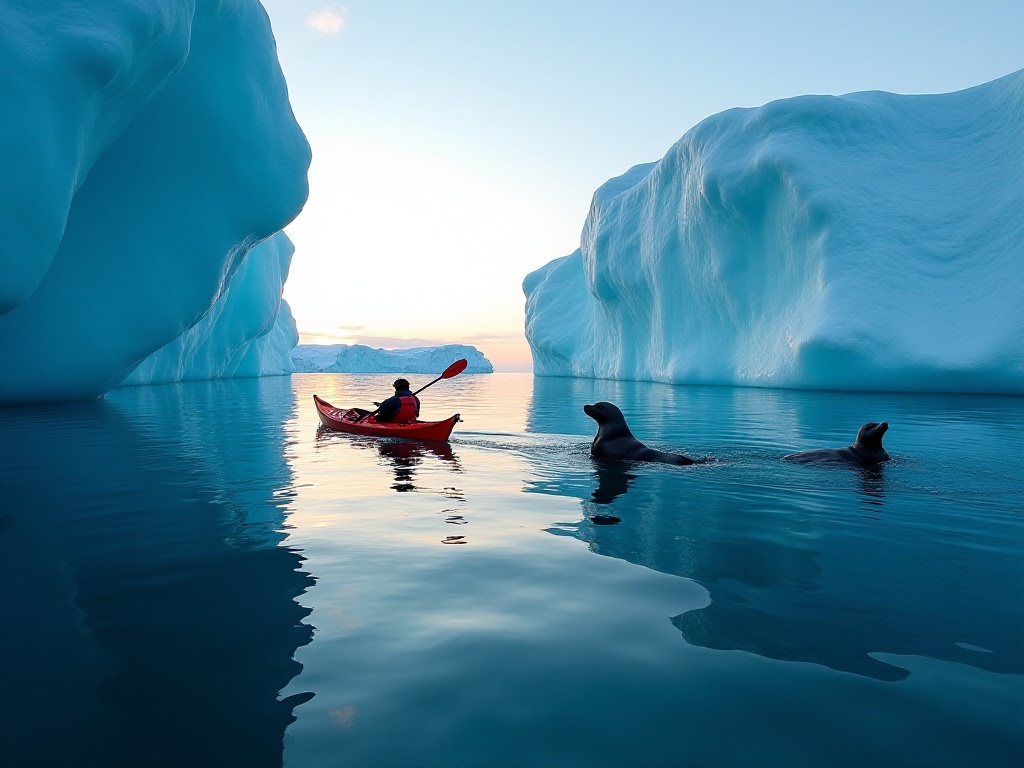
Practical Tips
Using trekking poles is truly a skill. Proper usage not only helps distribute 30% of your body weight but also protects your knees during descent. I recommend practicing basic techniques on flat ground before departure, like how to adjust the length and coordinate with your steps.
Altitude adaptation is really important. My advice is not to increase elevation by more than 1000 meters per day, and stay at each altitude level for sufficient time. If you feel unwell, tell your guide immediately. Don't try to tough it out - this isn't the time to prove yourself.
Regarding season selection, July-September is indeed the best period. During this time, temperatures are moderate, rainfall is relatively low, and daylight hours are longer, perfect for hiking. However, note that even in summer, summit temperatures can drop below zero, so bring adequate warm clothing.
Outdoor insurance is a must! Although Switzerland's mountain rescue system is excellent, a single helicopter rescue can cost up to 20,000 Swiss francs. That's not a small amount, so definitely get insurance just in case.
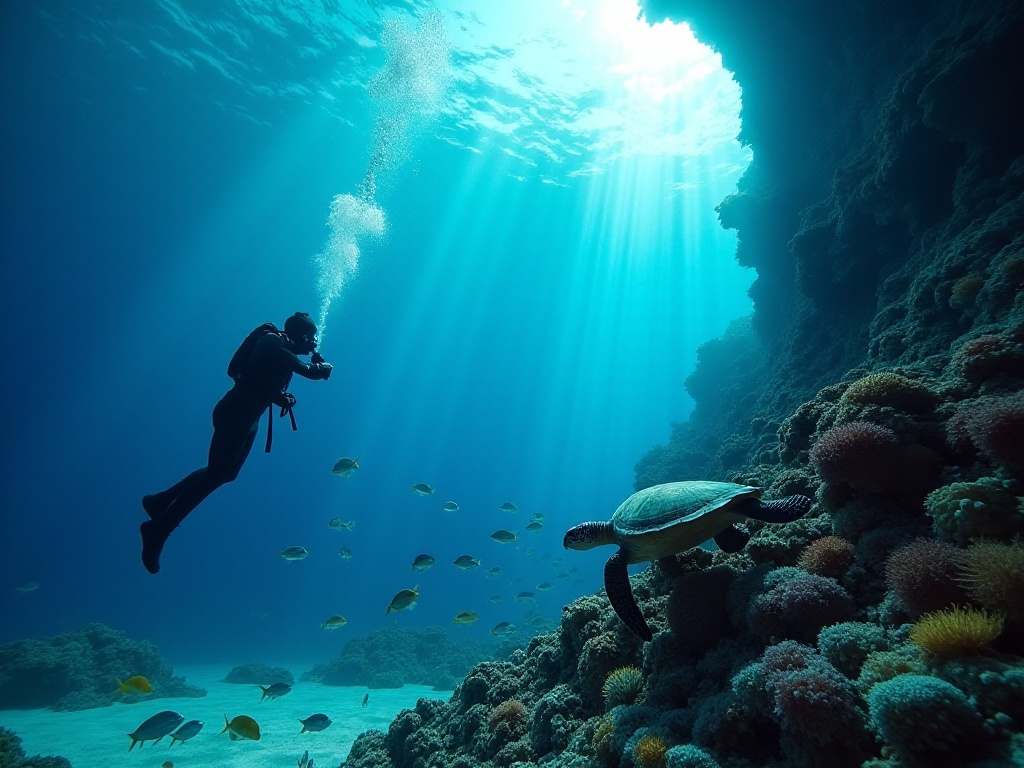
Conclusion
Now whenever I look at the photos on my phone, I can't help but smile. Those five days really changed my perspective on many things.
You ask why I chose the Alps for my first high-altitude trek? Because it's really perfect for beginners! Well-maintained outdoor facilities, professional guide teams, plus world-class natural scenery - it's truly a paradise for novices.
If you're also thinking about an impromptu outdoor adventure, I strongly recommend the Alps. Remember, for your first 4000-meter summit, choose a mountain worthy of the achievement. After all, this will be a memory you'll cherish for life.
Moreover, after completing this trek, I feel my attitude towards life has changed. I used to fear trying new things, but now I've become braver. Because I know that with gradual progress, nothing is truly impossible.
As that Japanese elderly couple said: mountaineering isn't about age, it's about maintaining enthusiasm for life. Now, I'm already planning my next mountain adventure. Maybe Mont Blanc, maybe the Matterhorn, who knows? Anyway, this is just the beginning of my outdoor adventures!
Next
Unlocking 20 Top Global Outdoor Adventure Destinations That Even Beginners Can Easily Navigate
Discover premier outdoor adventure destinations around the globe, from Norwegian fjords to New Zealand wilderness, Himalayan trails to Great Barrier Reef, offering unique natural experiences and world-class outdoor activities
Planning the Perfect Outdoor Adventure from Scratch: A Guide to Save You a Decade of Trial and Error
A comprehensive guide to outdoor activities and experiences in travel, covering land and water sports, planning essentials, equipment preparation, safety considerations, and special activities including seasonal and extreme sports
Canoe Adventure: An Asian Waterway Journey Through the Eyes of a Water Sports Enthusiast
A comprehensive guide covering various outdoor activities including water sports, land activities, observation experiences, and fishing, with professional guidance and safety tips for kayaking, surfing, hiking, rock climbing, stargazing, and fishing
Next
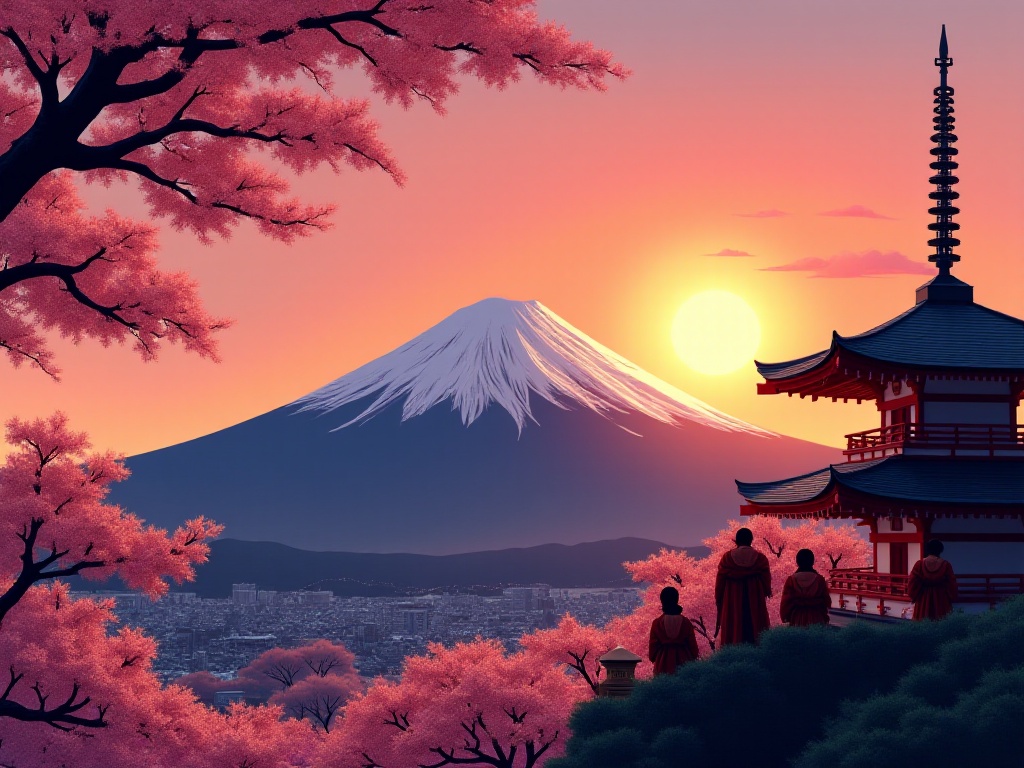
Unlocking 20 Top Global Outdoor Adventure Destinations That Even Beginners Can Easily Navigate
Discover premier outdoor adventure destinations around the globe, from Norwegian fjords to New Zealand wilderness, Himalayan trails to Great Barrier Reef, offering unique natural experiences and world-class outdoor activities
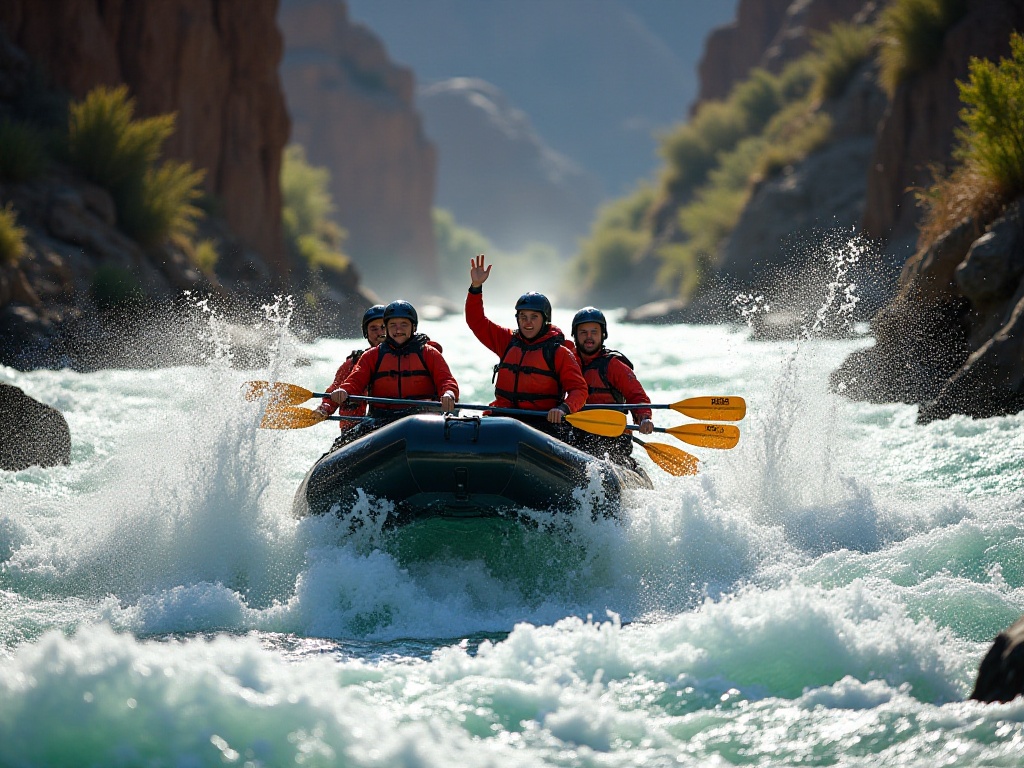
Planning the Perfect Outdoor Adventure from Scratch: A Guide to Save You a Decade of Trial and Error
A comprehensive guide to outdoor activities and experiences in travel, covering land and water sports, planning essentials, equipment preparation, safety considerations, and special activities including seasonal and extreme sports
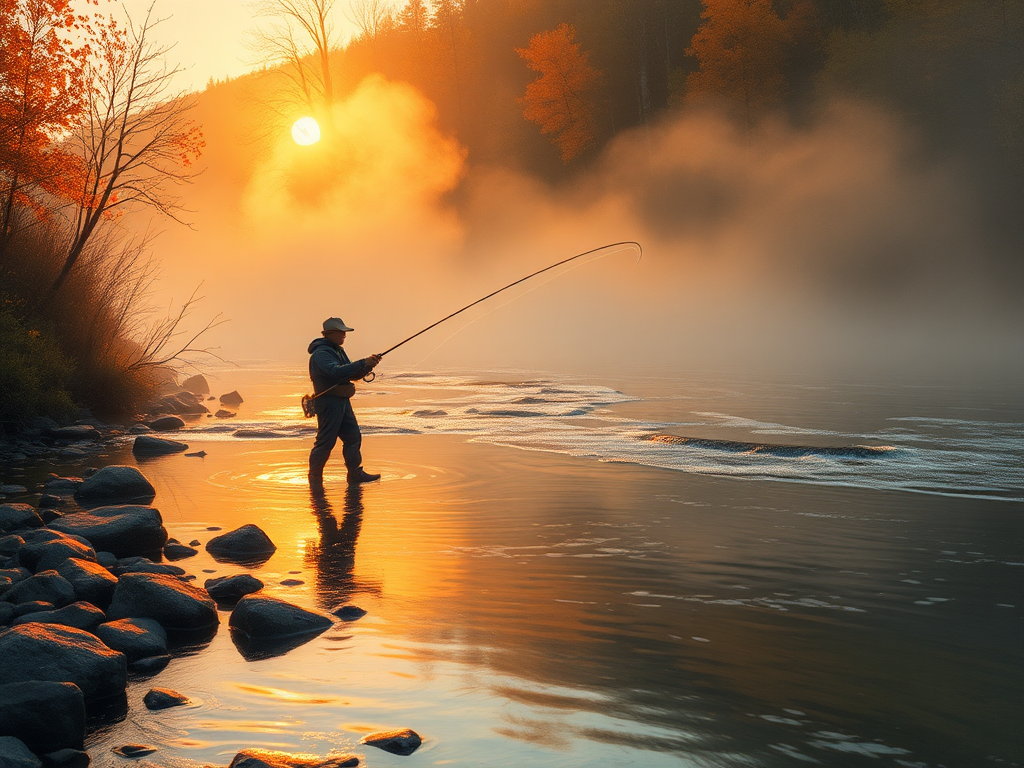
Canoe Adventure: An Asian Waterway Journey Through the Eyes of a Water Sports Enthusiast
A comprehensive guide covering various outdoor activities including water sports, land activities, observation experiences, and fishing, with professional guidance and safety tips for kayaking, surfing, hiking, rock climbing, stargazing, and fishing

